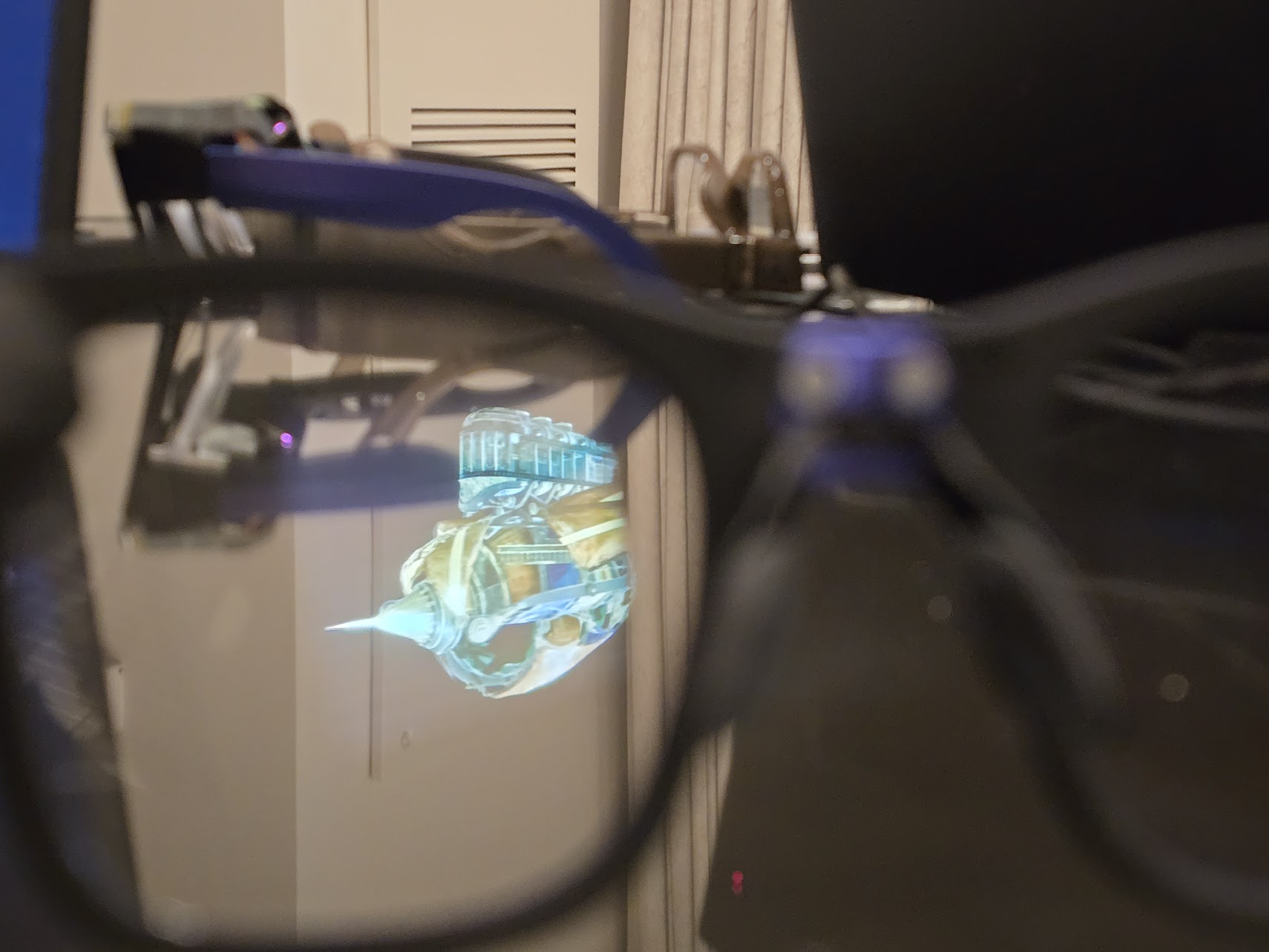10 best ways to secure your smartphone

Lock your smartphone

We've said a million times, and we'll say it till we're blue in the face. Lock your smartphone. Lock your smartphone! We were also slightly dismayed (though not exactly surprised) to hear in our recent poll that a good third of our readers do not lock their phones. And we say unto you, there is absolutely no excuse not to, especially considering the vast array of options we have to do it now. Actually, you can wait a few minutes and pick from this list at the end. But right after. Not after a few rounds of Duet. Not after watching Netflix. Right then.
Now, you can lock (and unlock) your smartphone many, many ways, and they all have their benefits and their drawbacks, but somewhere, some mixture of method will work for you. So, let's get to it, shall we?
Bluetooth

First up is Bluetooth, because not only is it ridiculously easy to use, but because it is what I personally use most of the day, every day. I work in a professional newsroom and it is loud. So I'm wearing bluetooth headphones when not working live newscasts trying to block out some of that noise and get some writing done. I use Bluetooth in the car, at home, and in bed; I even use it in the shower, though I would never bring my beloved Moto X in the shower with me. And because I have my beloved Moto X, I can use Trusted Bluetooth to keep my phone unlocked and ready to act on voice commands at all times. Once I connect to a 'trusted device', I unlock the phone once and it'll stay unlocked until I disconnect or decide to lock the phone using the button in the notification panel. And if I walk out of range of my device, it locks. So if my device walks off, or I do, my data is safe. Easy, but still secure.
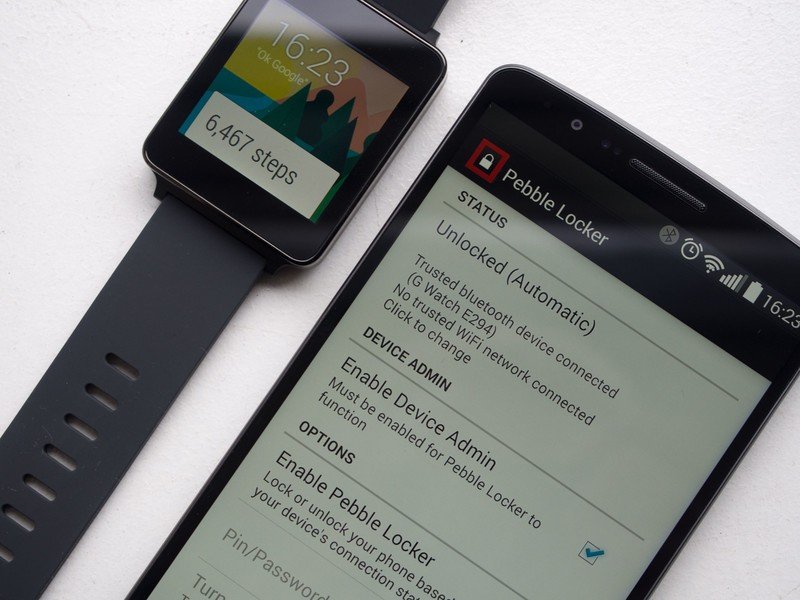
Don't have a Moto X? Don't fret! Trusted devices, which is Trusted Bluetooth and even more, is coming in Android L, so we'll all have that in a (hopefully) short while. And in the meantime, Pebble's got you covered with the Pebble Locker app, which is what many Android Central writers are using with their swanky Android Wear watches. I know it says 'Pebble' in the name, but once you pay the $2.99 in-app purchase, you can use it with any (non-LE) Bluetooth device, and WiFi too, but we'll get to that in a minute. Pebble Locker has some caveats for encrypted devices and devices with corporate apps that require pin/password locks, but for most users, it's a wonderful way to balance security and convenience.
WiFi/Location
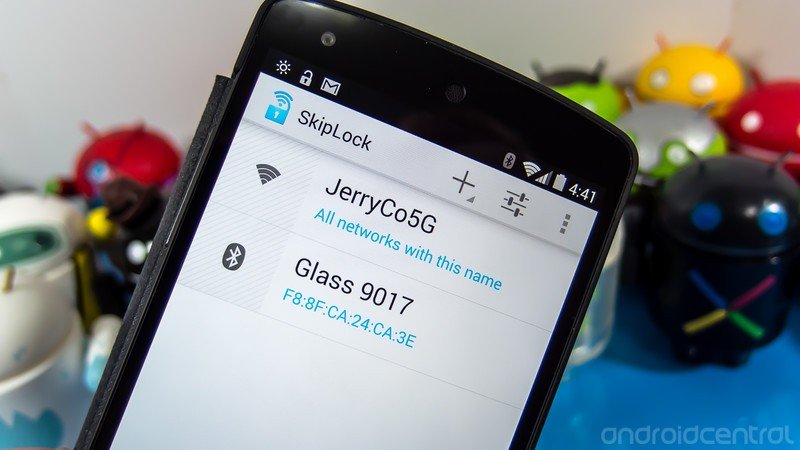
As mentioned, Pebble Locker will also allow you to (un)lock your device based on WiFi networks. SkipLock is yet another option for this. While WiFi-based unlocking takes a bit more setup sometimes, it's also very handy to those who use it, and even without Pebble Locker or SkipLock, I know many a Tasker user who uses WiFi or a geo-fenced location to remove their lock screen and use their phone freely in their home. One drawback of this is that many of the implementations of this, especially in Tasker, automatically remove your lock once it's connected or within the geo-fenced area, without asking for your password at least once.
Knock Code (LG Only unless you're rooted)

LG's addition to the device security party was Knock Code, which was then brought to many other current LG phones. It's simple, it's not as finicky about where on the screen you tap as PIN or password locks, and it's almost fun, as far as methods of unlocking your phone go.
If you don't have one of the LG devices that supports it, and happen to be rooted, there's an Xposed module you could use - there's an Xposed module for everything these days - but we'd point you back towards Pebble Locker first, because it doesn't require root and it's super-simple. So, smoke 'em if you got 'em, but only if you got 'em.
Get the latest news from Android Central, your trusted companion in the world of Android
NFC Unlock
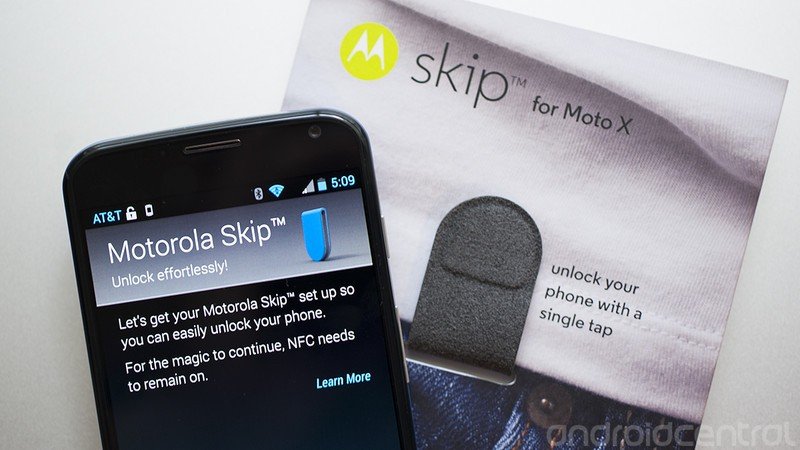
Another feature from the Moto X that will hopefully come to more phones in the future: NFC unlocking. You have NFC tags, which can come in a plethora of sizes/shapes/colors/forms, even tattoos, which once they're written and recognized by your device will unlock your phone when you tap them. The great news is that they're easy and NFC tags are quite cheap and easy to accommodate to your life and habits. The bad news is that NFC tags are not something you can turn off or lock. If they're stolen (or copied) they can be used to unlock your device. Useful, but not something you'd want to keep in public places like a cubicle at work. There are third party apps to help bring this functionality to other phones, but this will hopefully be included in Android L as well.
Fingerprints
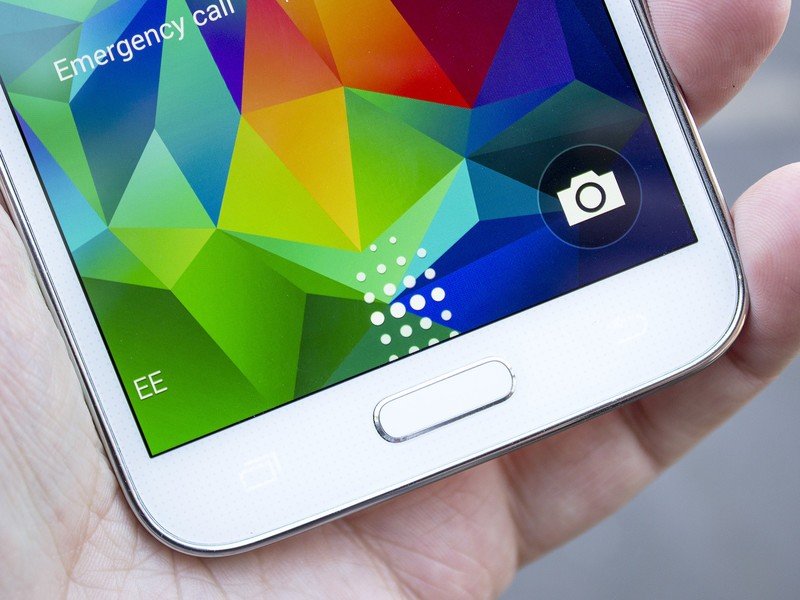
I'm personally not really the biggest fan of replacing my fingerprint with the same fingerprint we leave smudged all over the device and the same fingerprint we give to the government. That said, hacking fingerprints still requires effort and intent, and most people quite simply don't have that. And fingerprints are perfect for the crowd that otherwise wouldn't lock their phone. Just remember not to fall asleep or pass out drunk around anyone who would want into your phone.
Password
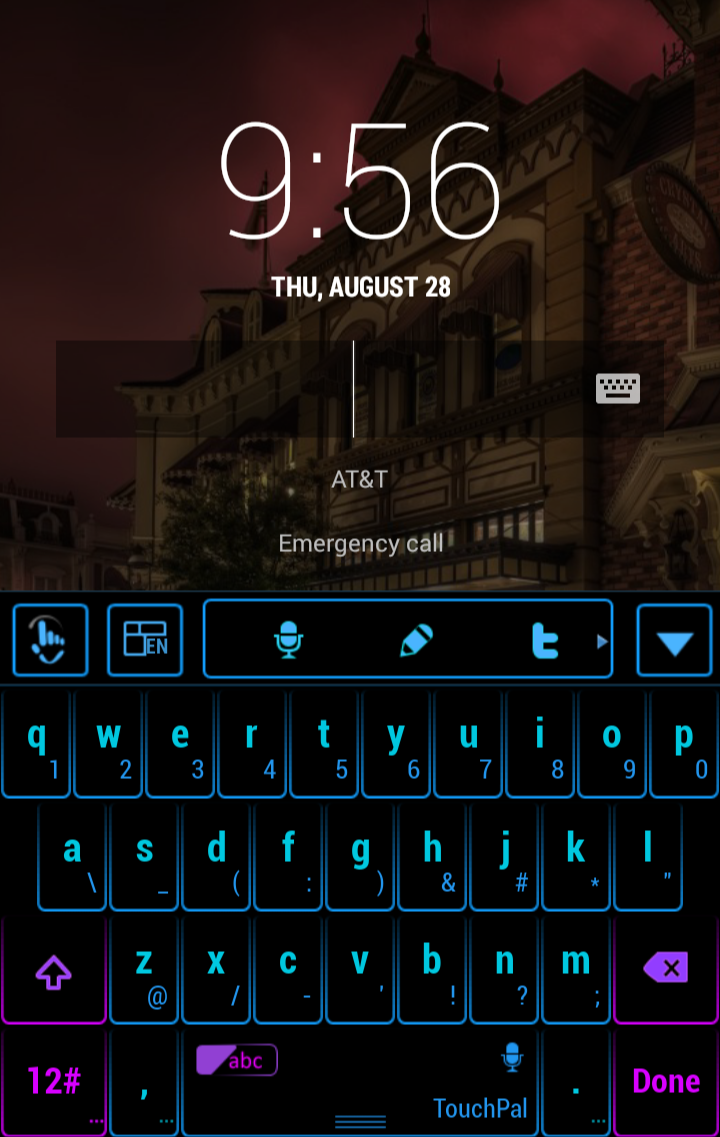
Password, a real QWERTY password, is the original way to lock and secure a computer, and is still available to users who want a more robust lock method. And if you encrypt your phone (which most users should), you are required to use either a password or a PIN, so passwords are still used by a good many users on their phones. Passwords are harder to crack, but they're also harder to put in one-handed. At the very least, they take longer than just about any other lock method, and as much as we unlock our phones, many users simply cannot abide spending an extra two to five seconds pecking out a full-bodied password. We want into our phones, and we want in NOW. And while Trusted Bluetooth, NFC, and other sensor-based unlock methods can help our phones stay unlocked longer, you will still end up using your traditional lock screen method at least four to five times a day. So when picking a password, pick something that is hard to guess but easy for you to quickly type out.
Pattern

The most popular lock method in that poll from the beginning of the month is the pattern lock. It's simple, yet if you use all the dots - or if you can make an even bigger grid for the pattern to be woven through - pattern locks can be pretty secure. Of course, there's always the threat of a smudge trail to lead someone through the pattern - but that encourages you to keep your screen clean and clear. Patterns are also easy to remember through a variety of methods: you can equate each of the nine dots with the number that would sit there on a number-pad, or you can tie it into the wallpaper that sits behind it. If you're using something like Muzei, that may not be possible, but for those of you that are more faithful to your wallpapers, it's certainly an option.
PIN
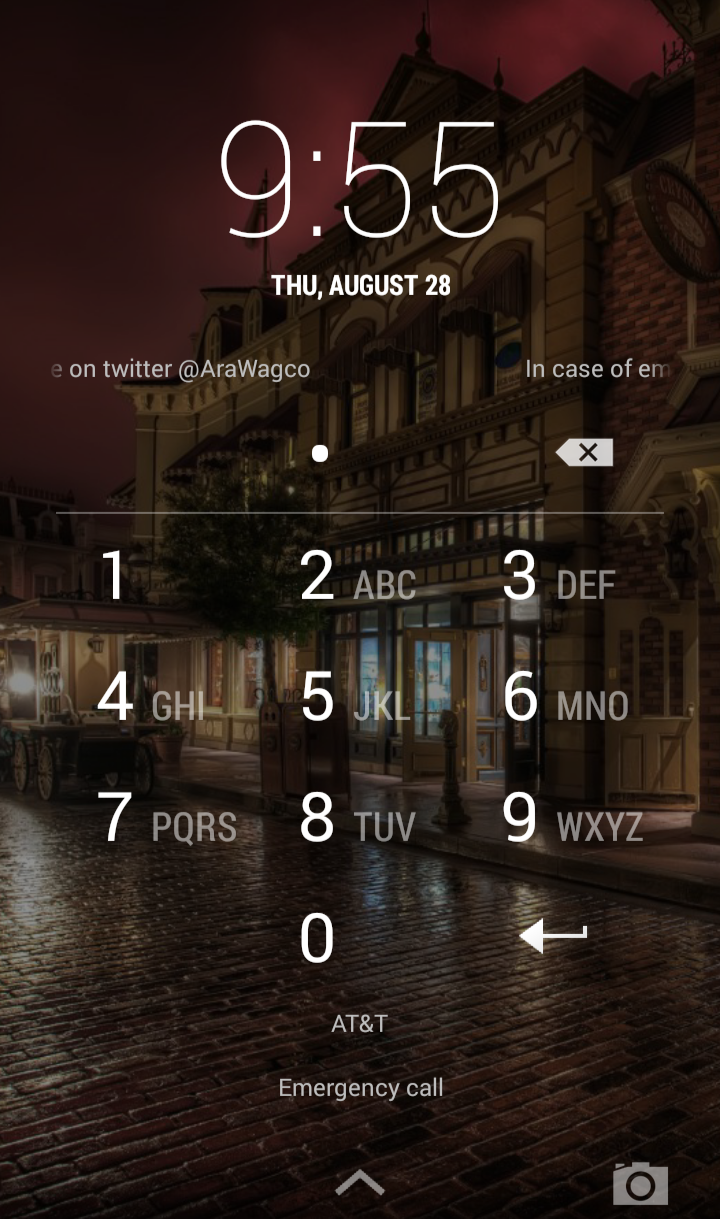
In terms of lock methods, PIN is second only to pattern in popularity. They're slightly harder to be guessed out by swipes, they can vary in length, and they're easy to copy down in a discreet place if you're the forgetful type. PINs are also a little harder to suss out from the smudges on the screen since they're not connected like a pattern. They're also one of the lock methods compatible with encrypting your device, and with corporate email apps and other security-sensitive apps, which may contribute to them being quite so popular.
A word about Face Unlock
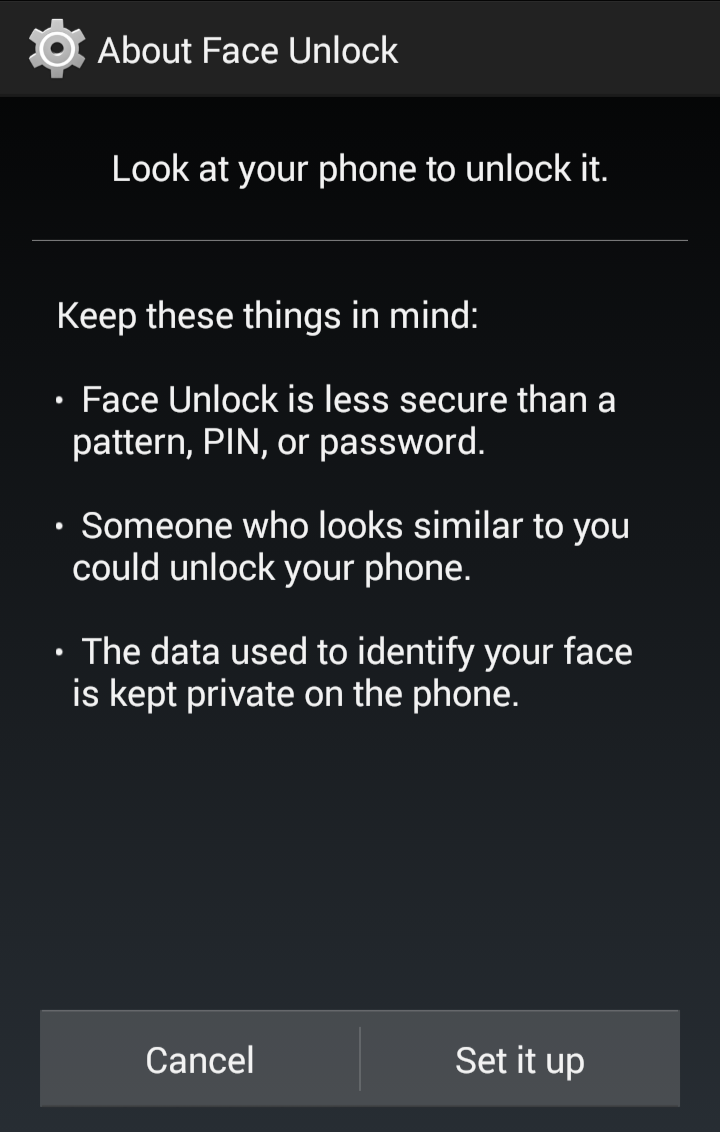
Face Unlock has been loitering in Android for a few years now, and it's not very popular, and there's a few reasons for it. First, even a three year old can can hack it with Mommy or Daddy's photo, so in a selfie-crazy society letting your mug unlock your phone may not be the best thing in the world. Also, face unlock doesn't work in the dark or any other non-photogenic conditions, do you'll be using the backup method a lot. If you really want to use it, fine, we won't stop you, but we're not advocating it for any other reason than this…
Lock your phone now
There you have it. Lock your phone. We don't really care how you do it, just so long as you lock your phone somehow. Just do it. Right now. Right freaking now! And if you already do, great! Tell us what you use and why down in the comments below. And if you still prefer to live dangerously and take your phone out into the world with no protection, you dirty daredevil,
Ara Wagoner was a staff writer at Android Central. She themes phones and pokes YouTube Music with a stick. When she's not writing about cases, Chromebooks, or customization, she's wandering around Walt Disney World. If you see her without headphones, RUN. You can follow her on Twitter at @arawagco.

